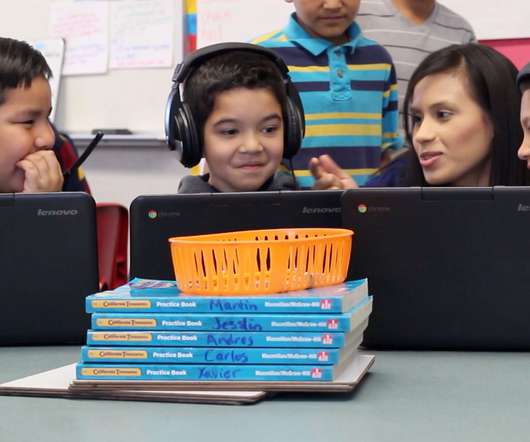How to do online learning well? A California district has some answers.
The Hechinger Report
DECEMBER 19, 2021
Kids are helped along by access to take-home devices and individualized learning plans that allow them to progress through class material at their own speed. While the pandemic still took its toll, adapting to online learning was smoother in Lindsay due to its preexisting infrastructure and history of adaptation.















Let's personalize your content